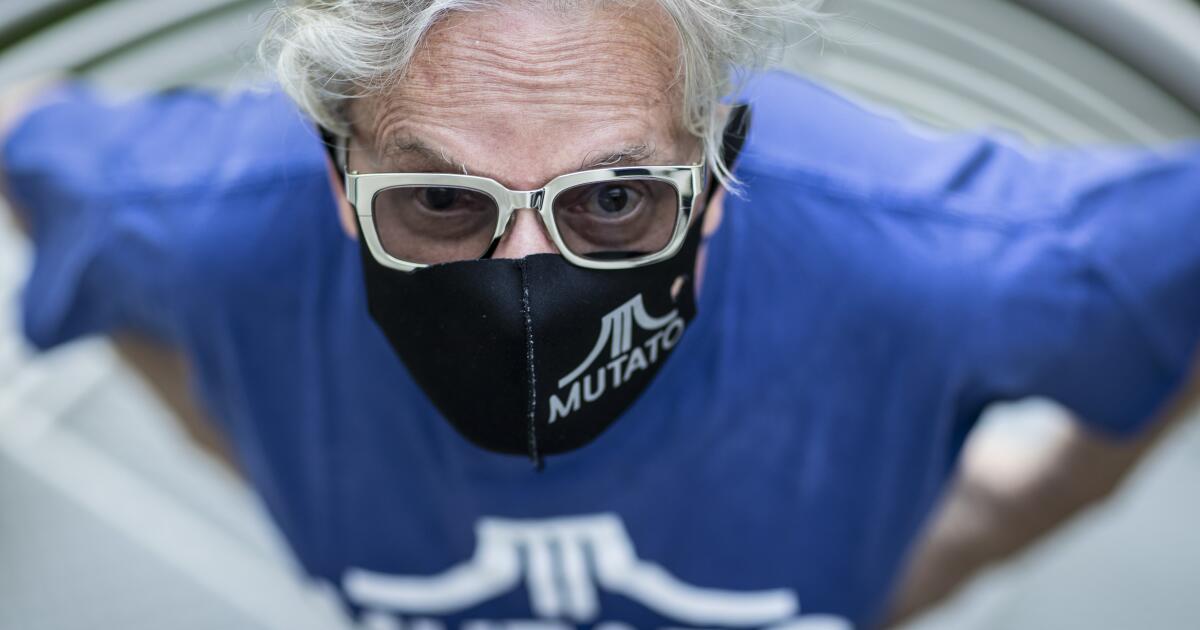Running Man 101
Well-known member
Handwashing and social distancing (min 3') covers 99.5% of it. If you sneeze or cough the masks do something, otherwise they are useless.

Have you seen this statement published in the New England Journal of Medicine?I have spent most of the last six months working on various projects to study, design and test masks. But I am by training a statistical modeler. The data is becoming more and more clear that masks provide significant benefit. Both with direct testing, re-analyzing old "masks are not effective" studies to understand what they really said and with statistical looks at spread where mask wearing is more and less effective. The real problem is not that masks are ineffective, it is that if you spend several hours with an infected person indoors, even though masks are significantly reducing the amount of virus you encounter, it may well not be enough.
I have. In fact I have talked about this on Yappi. Have you seen the statement from those same researchers from July?Have you seen this statement published in the New England Journal of Medicine?
We know that wearing a mask outside health care facilities offers little, if any, protection from infection. Public health authorities define a significant exposure to Covid-19 as face-to-face contact within 6 feet with a patient with symptomatic Covid-19 that is sustained for at least a few minutes (and some say more than 10 minutes or even 30 minutes). The chance of catching Covid-19 from a passing interaction in a public space is therefore minimal. In many cases, the desire for widespread masking is a reflexive reaction to anxiety over the pandemic.

"a houseful of TikTok influencers across the street " was the weirdest part of that story.Not all great things come from Woodridge, but there are a lot! Mark Mothersbaugh and his brother Bob did. Q: Are We Not Men? A: We Are Devo!

Mark Mothersbaugh nearly died from COVID-19. FaceTiming with his family kept him alive
Devo cofounder Mark Mothersbaugh spent weeks in Cedars-Sinai hospital, hooked up to a ventilator, his mind wracked by violent hallucinations.www.latimes.com
Who are the people being influenced by TikTok? They're the ones that I wonder about.Who knew there was such a thing?
Unfortunately, My step daughter and other people with ADD I supose.Who are the people being influenced by TikTok? They're the ones that I wonder about.


